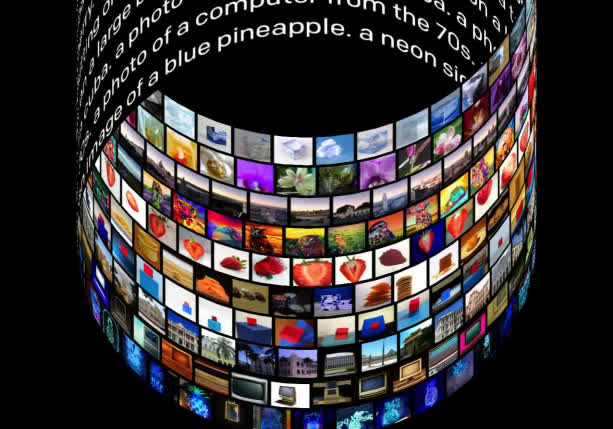DALLE is an artificial intelligence program that delivers art and realistic images by using descriptions in natural language. DALLE is based on GPT-3 which contains 175 billion parameters. DALLE makes use of text and image pairing.
OpenAI published its beta version recently with improved accuracy, realism, and resolution. Over the next few weeks, 1 million people will be invited to remove their names from the waitlist. In the first month, invited users will receive 50 free credits, which can be used for completing one original DALL-E prompt and producing four photographs, or to acquire an edited change tip and produce three images. Following that, invited users will receive 15 free credits each month.
Since the release of the preview version which was three months ago, over 3000 artists from more than 118 countries worldwide have participated in testing the system. These included AR designers, landscape designers, writers, costume designers, tattoo artists, illustrators, and so on.
Artists and creative professionals use DALLE to inspire and accelerate their creative processes, allowing them to produce quickly and easily. DALLE has already been used to create magazine covers, music videos for young cancer patients, and original ideas.
Apart from this, the following are the features that the new version offers:
- Users can use Edit to realistically and contextually modify photos created with DALLE or upload by giving a natural language description.
- Variations can create new versions based on a DALLE-generated or user-uploaded image.
- My Collection allows users to save generations directly on the DALLE platform.
Before the beta version of DALLE was released, the OpenAI team worked with researchers, artists, developers, and other users to learn about the risks. Following their discussion results, the team took the below actions to improve the safety systems:
- Abuse prevention
To reduce the chances of DALLE being used to create misleading information, their system prohibits image uploads with realistic faces and attempts to imitate famous people and influential politicians. They also used cutting-edge techniques to avoid the photorealistic generation of real people’s faces.
- Avoiding Harmful Photos
The accuracy of content filters is enhanced while maintaining free speech in order to better prevent photographs from violating their content policy. This prohibits users from creating content that is violent, adult, or political, among other things. To limit its exposure to these ideas, the most graphic material was taken from DALLE’s training data.
- Bias reduction
A unique technique was utilized to make DALLE’s generated images of people more representative of the diversity of the world’s population. This method is used at the system level when presented with a prompt without specifying race or gender, such as “CEO.”
- Monitoring
Human monitoring and automated techniques will be employed to prevent abuse.




